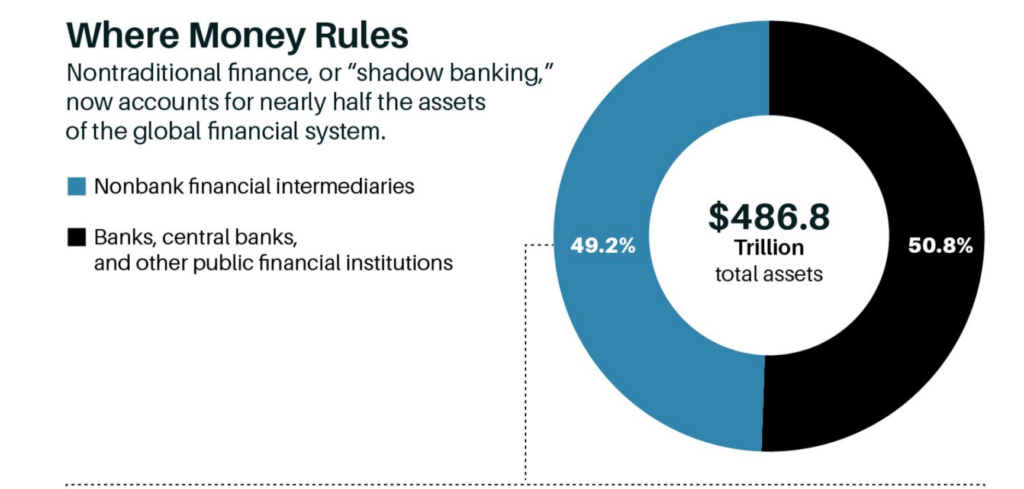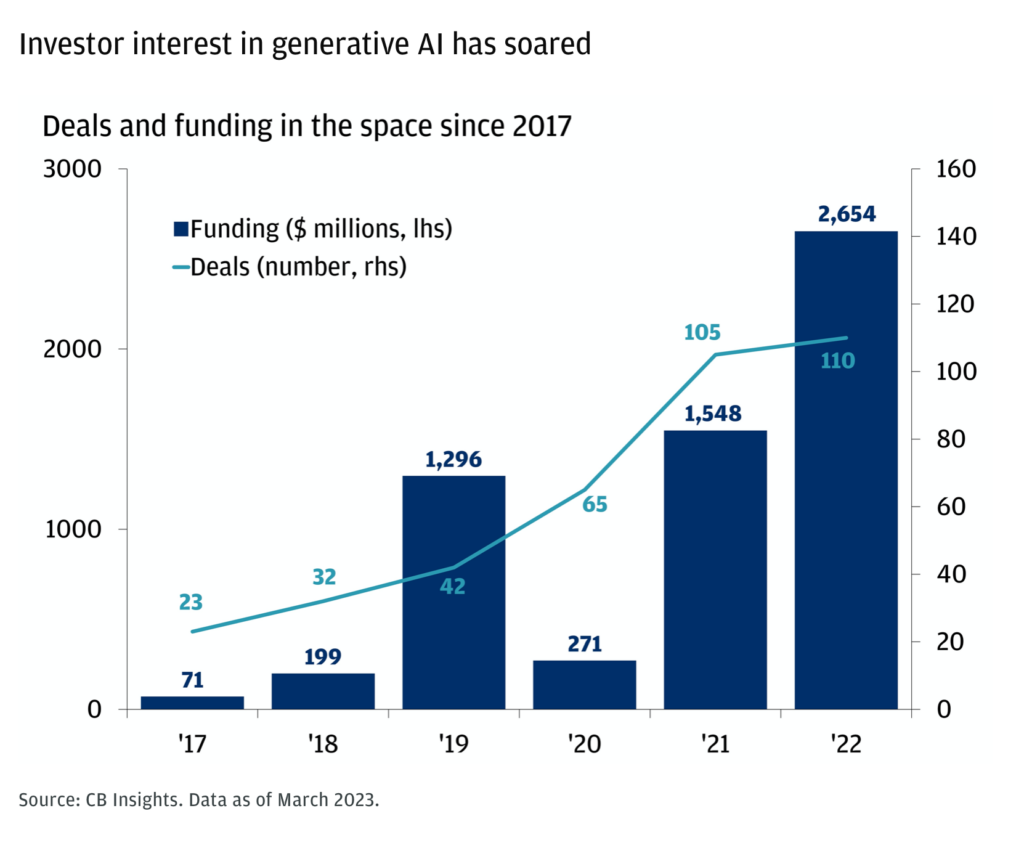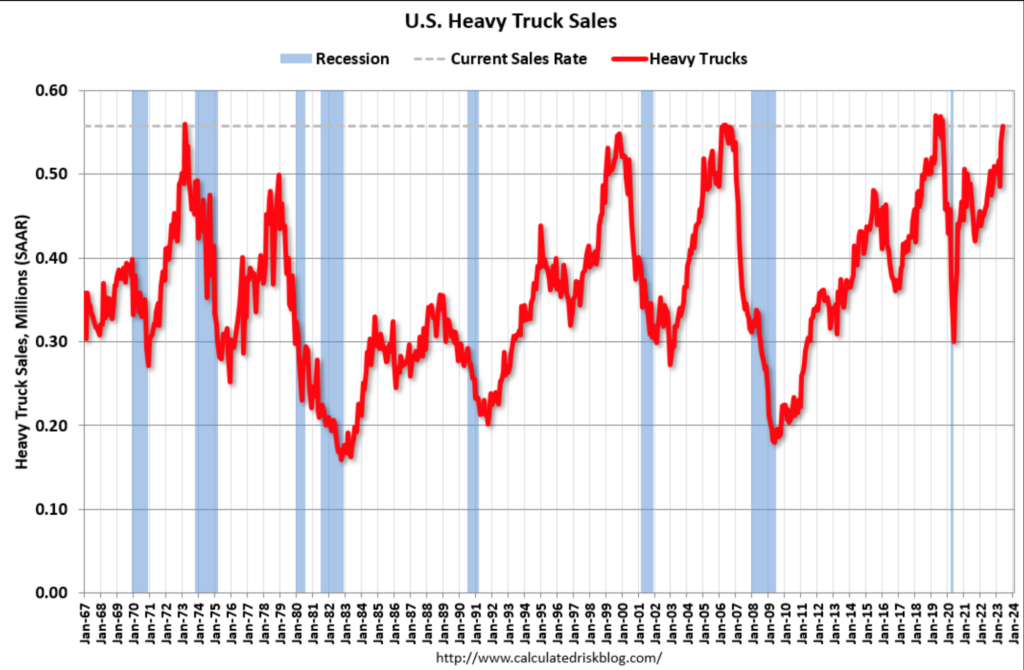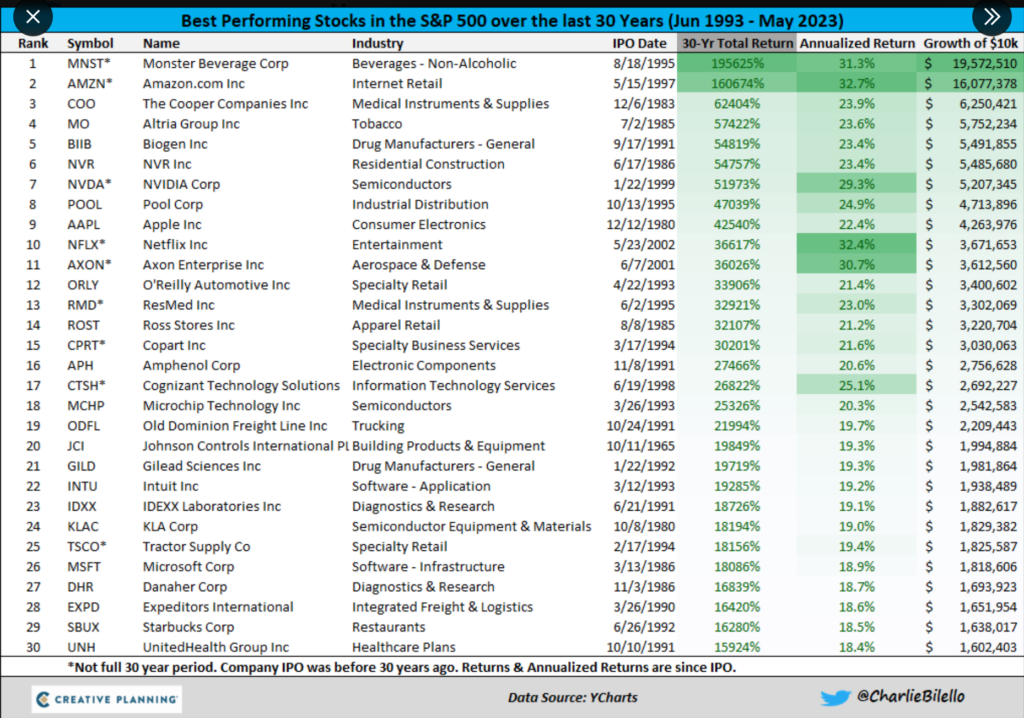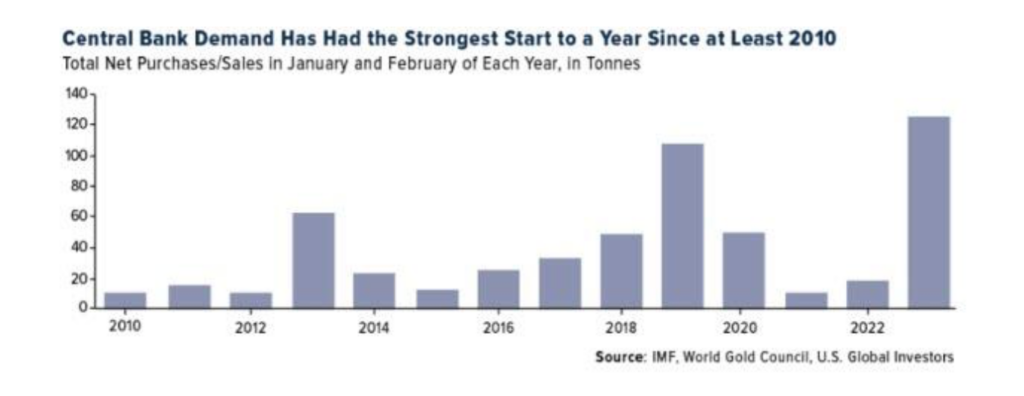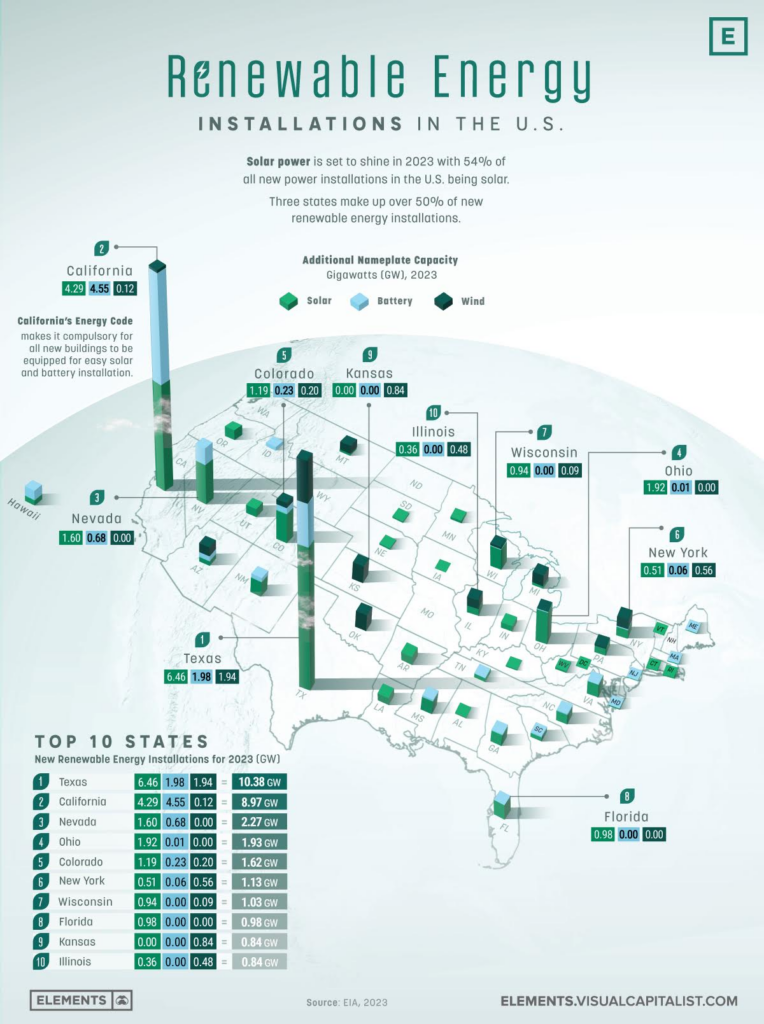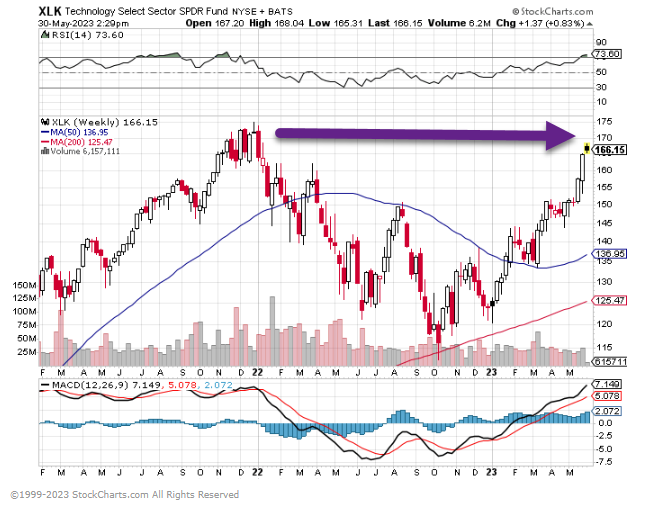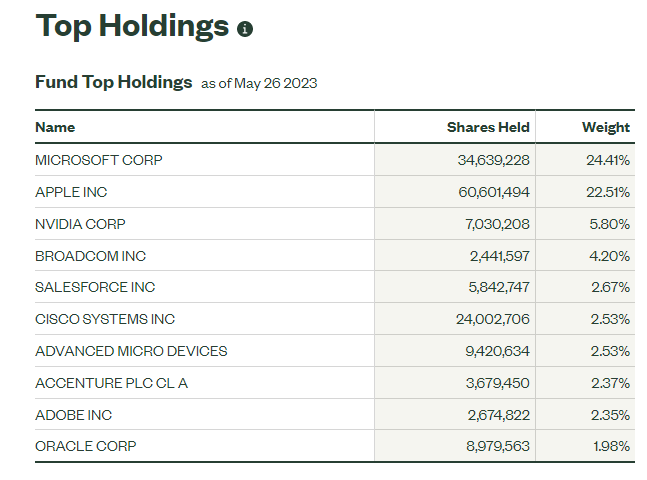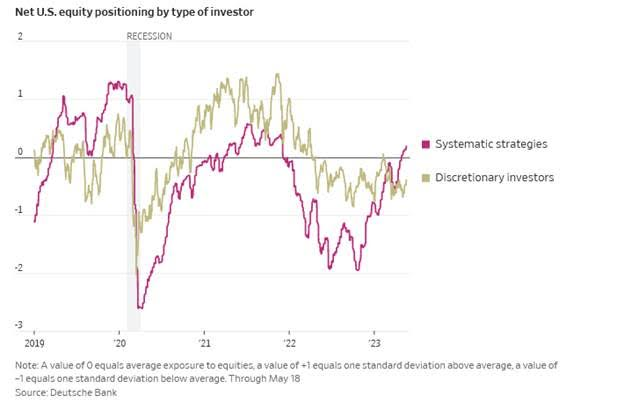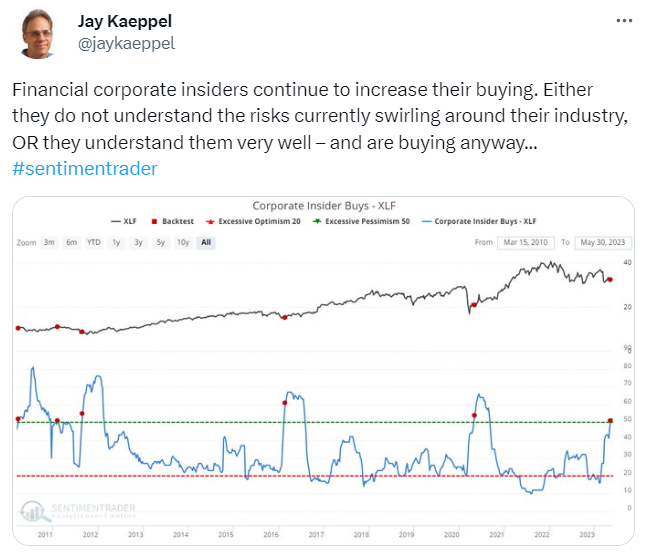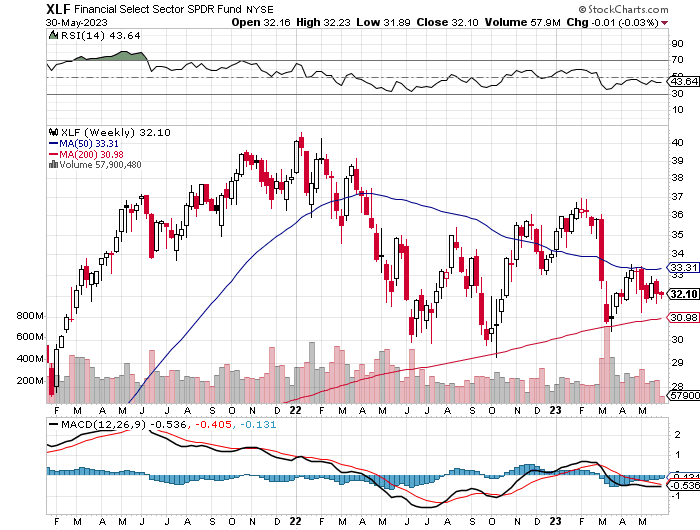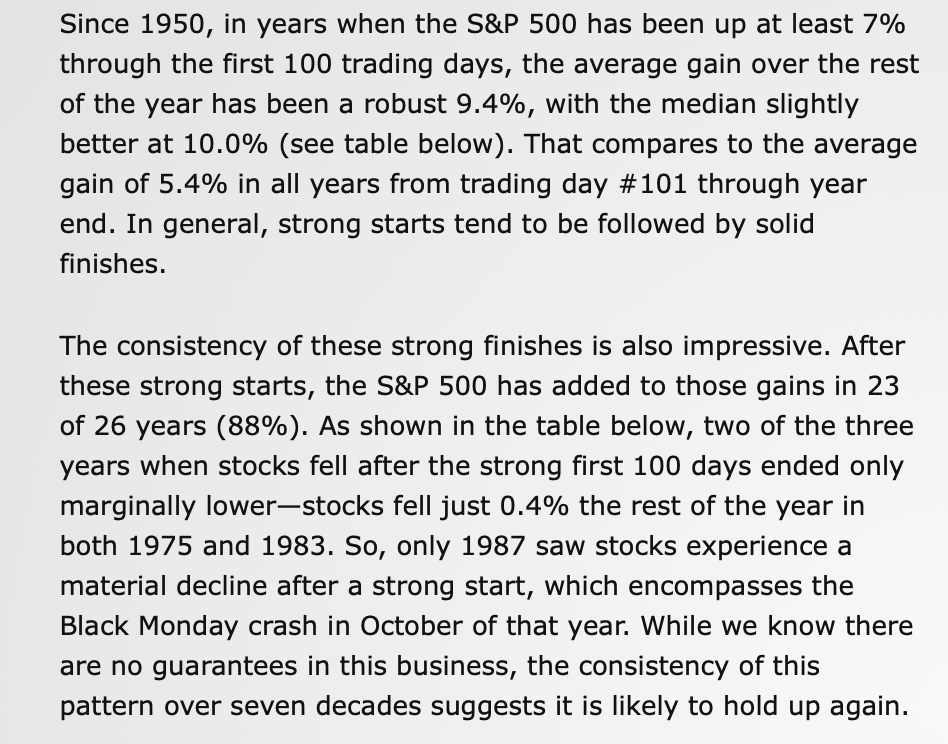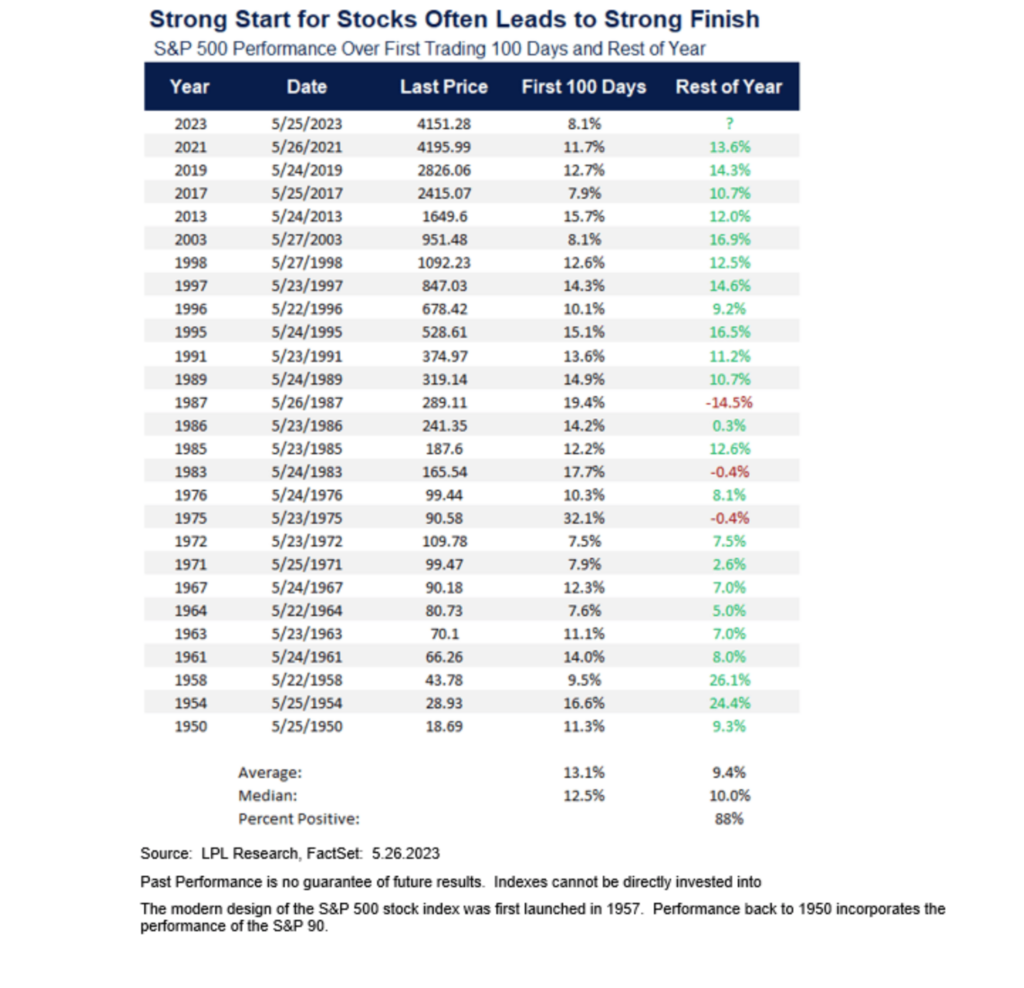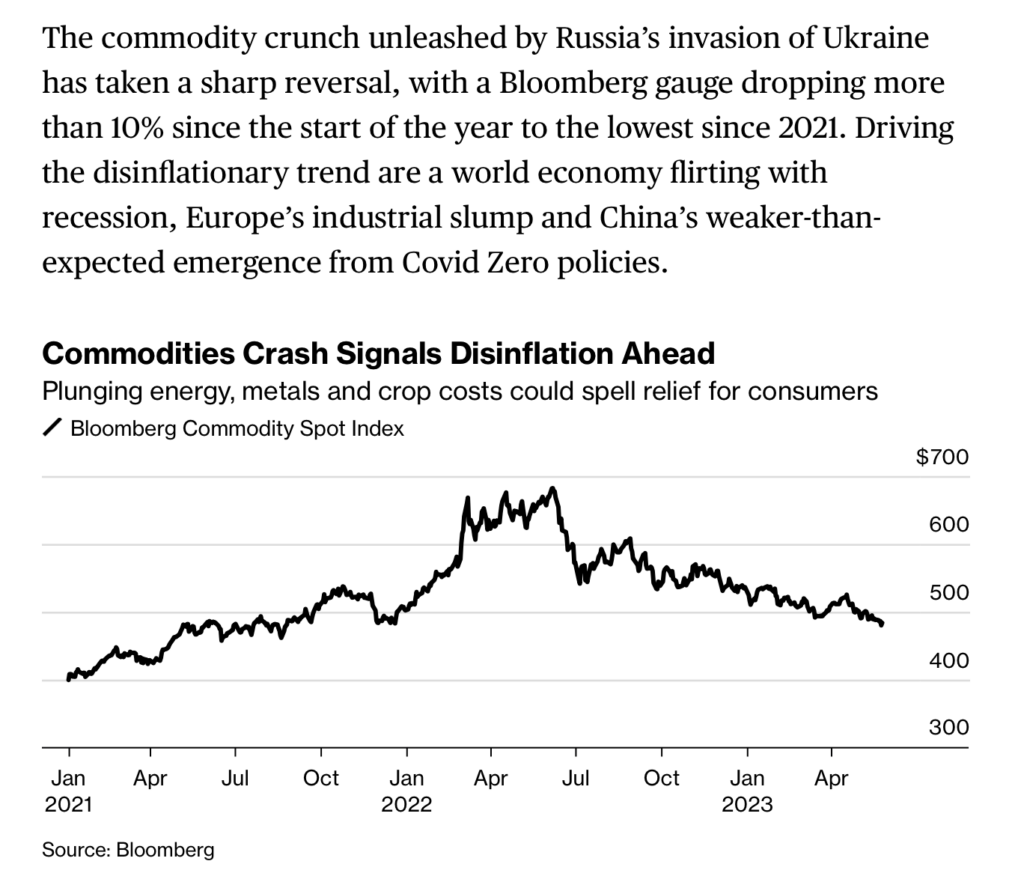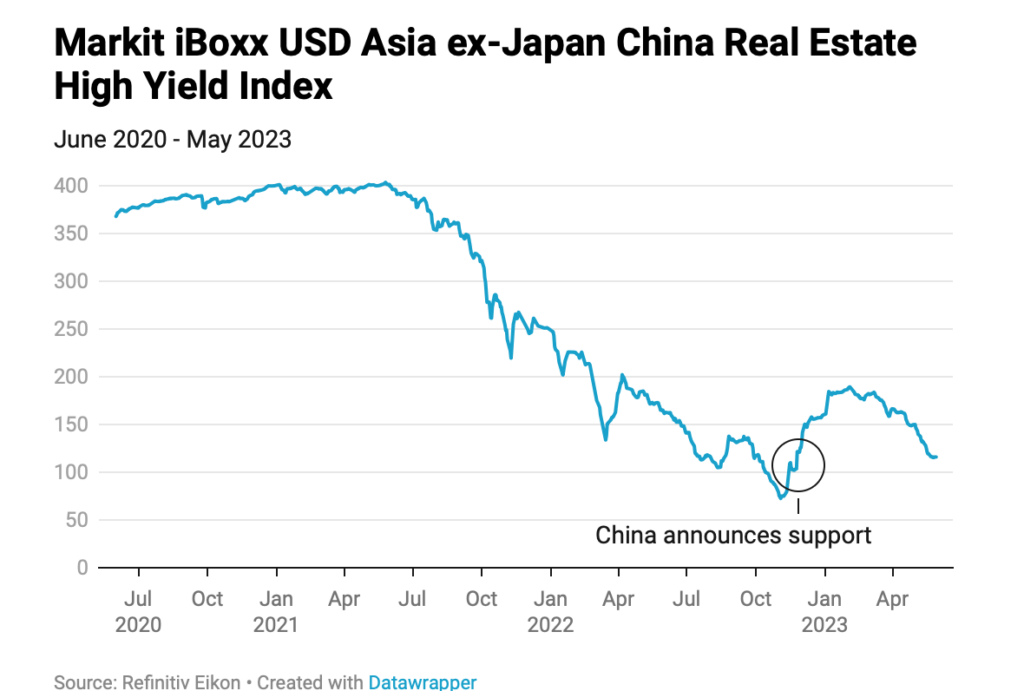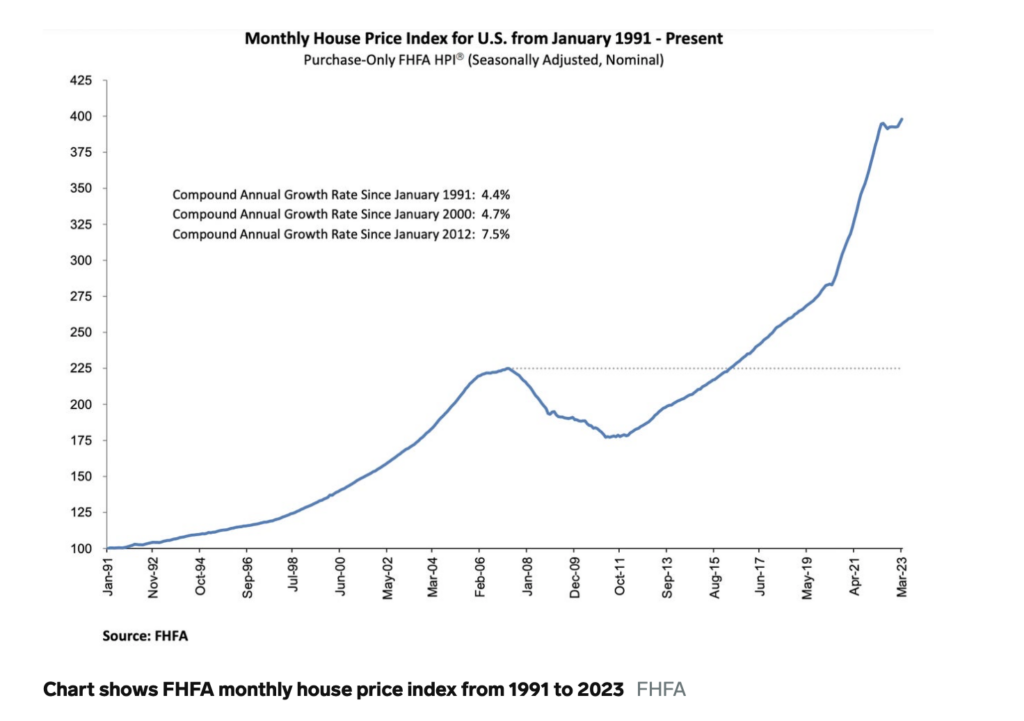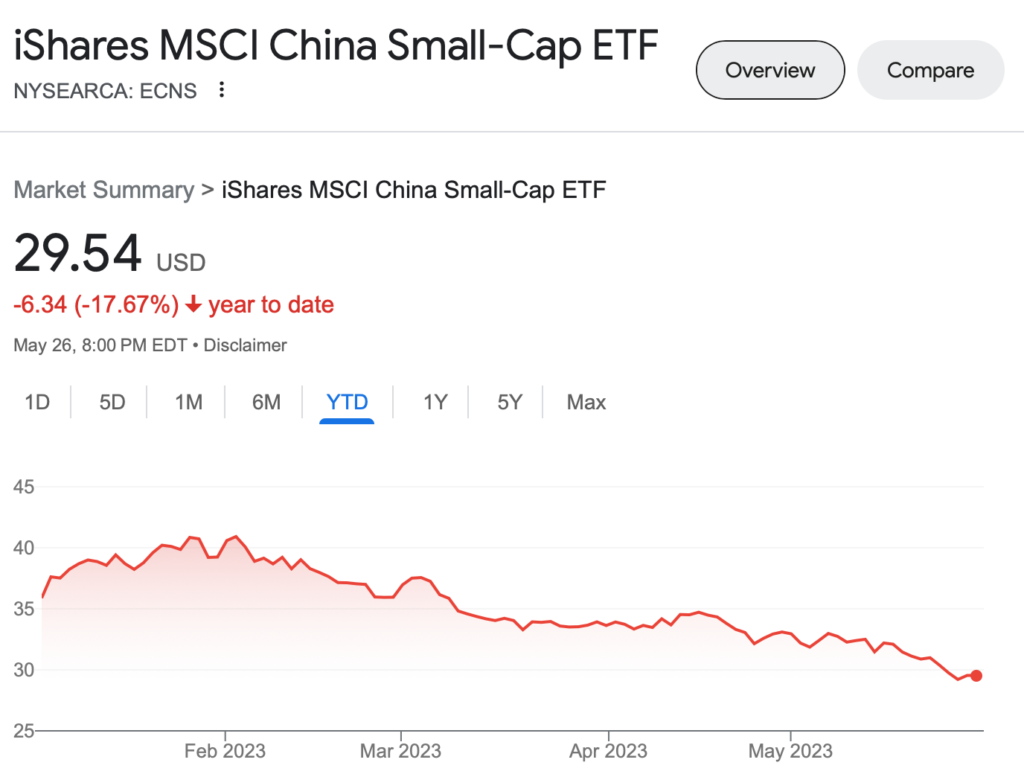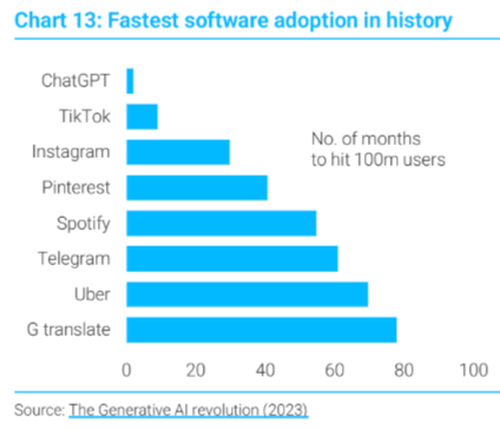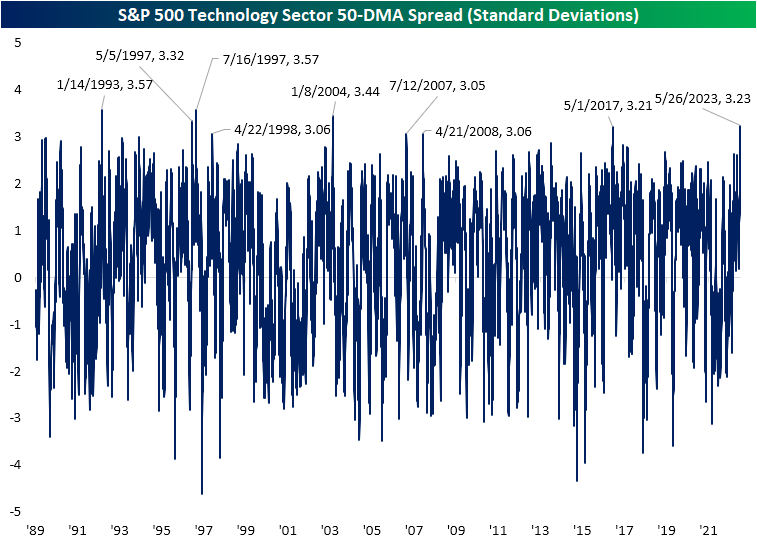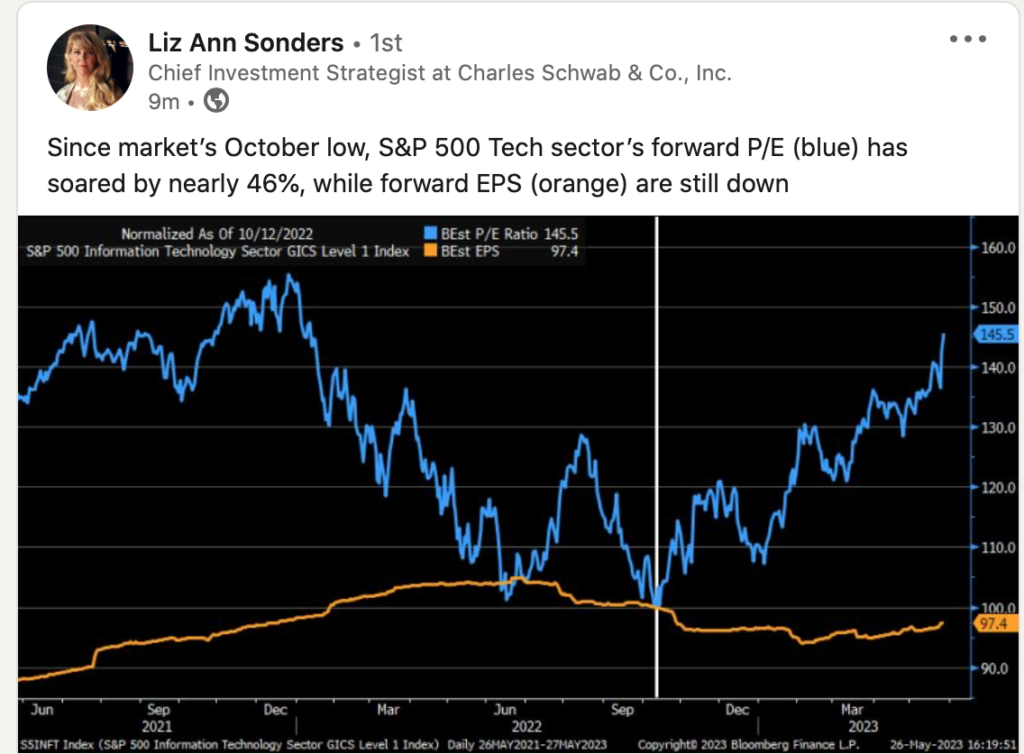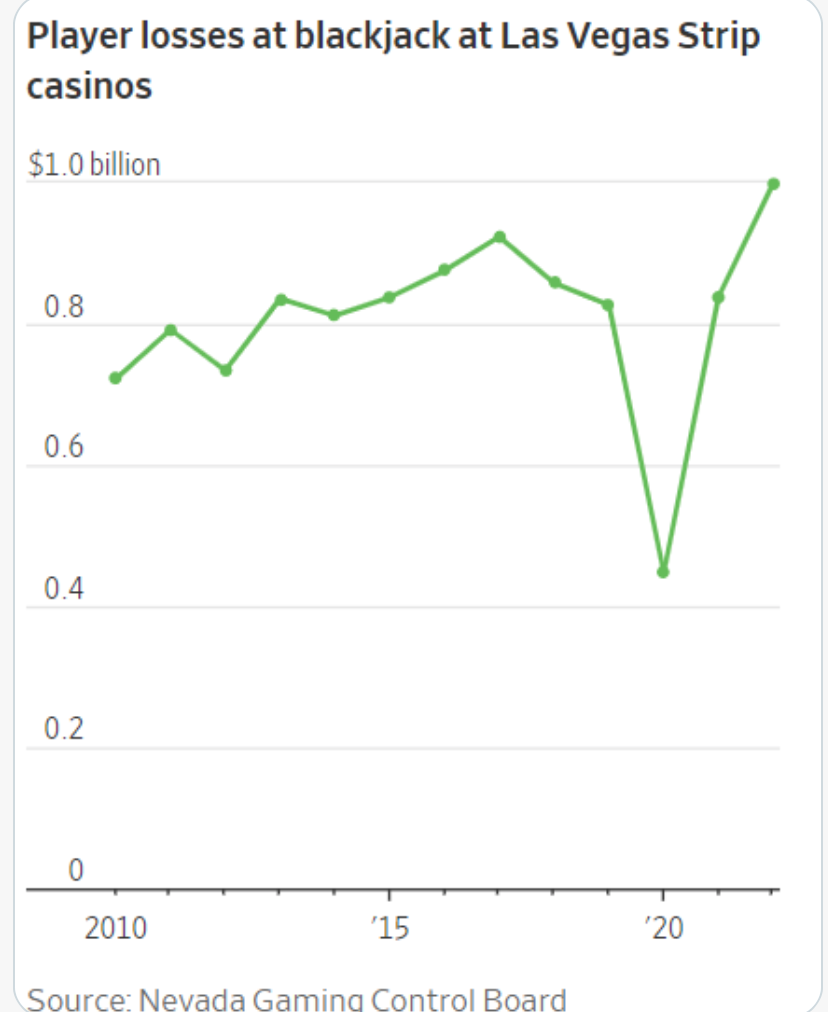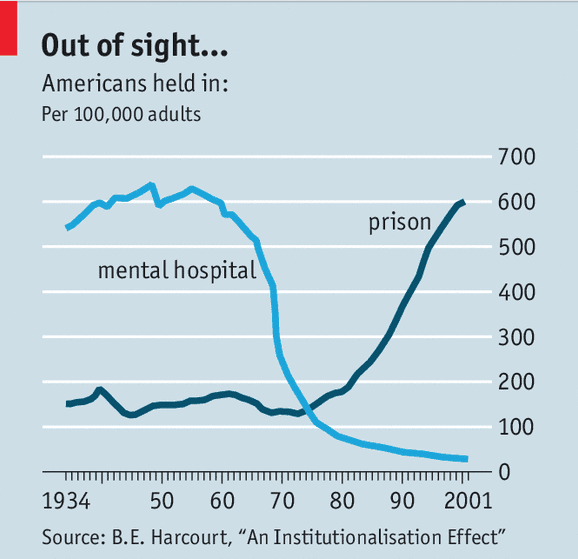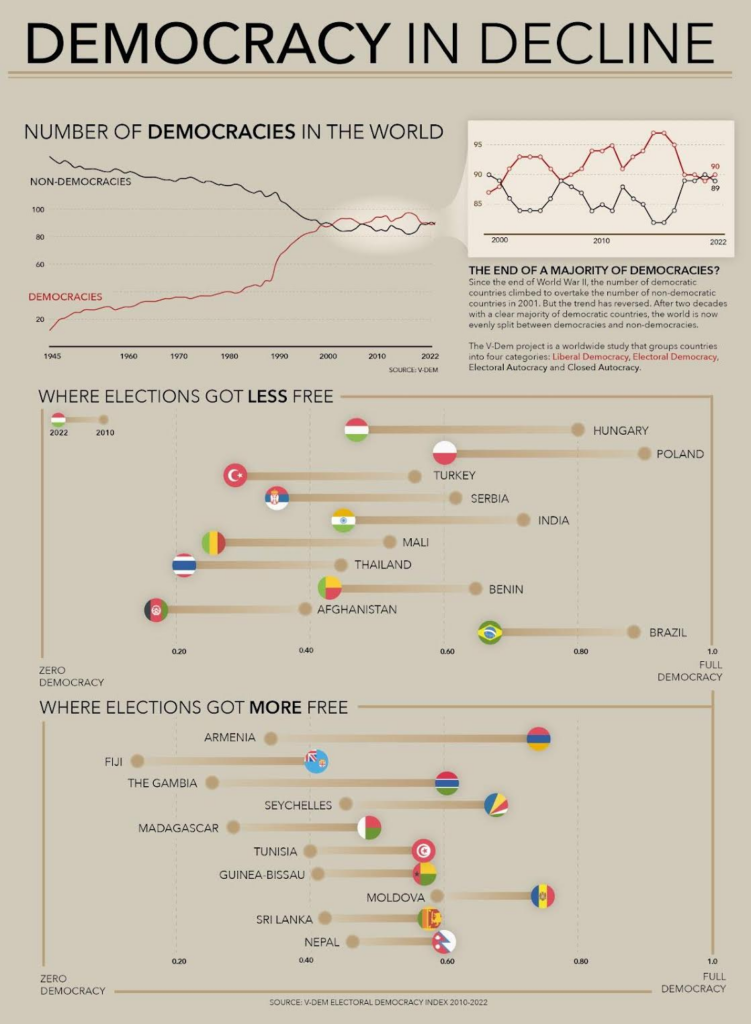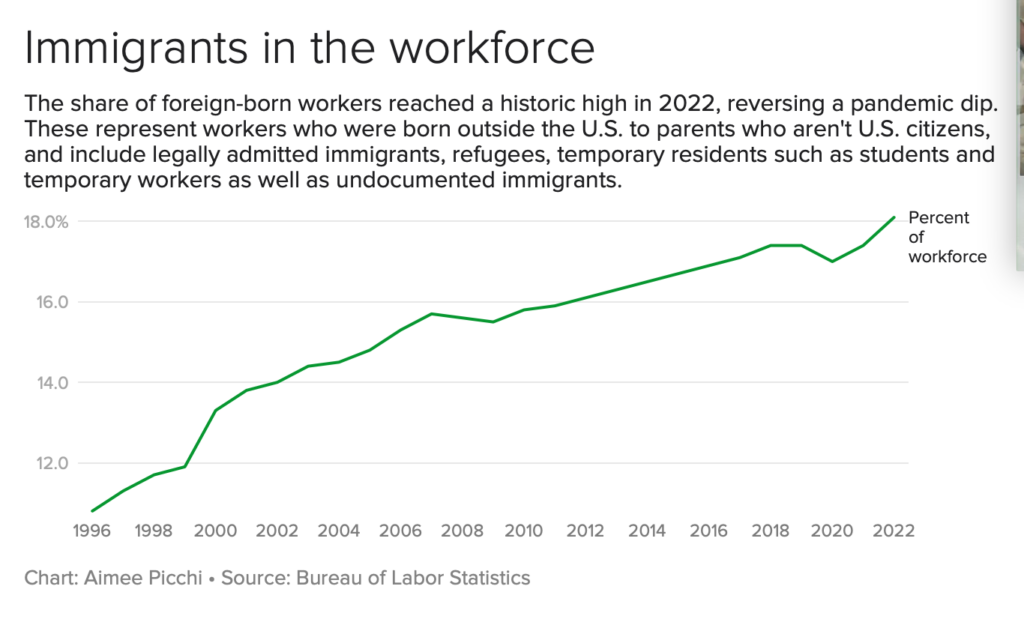1. The Equity Risk Premium Chart in Unchartered Waters
The ERP is defined as the difference between the expected earnings yield and the yield on safe Treasurys, with a higher number meaning investors are being compensated more for putting money in stocks. He said more than 100% of the reset on PE last year was due to higher 10-year Treasury yields. “Historically, that ‘moment of recognition’ for the market typically occurs when the forward NTM [next 12 months] EPS forecast for the S&P 500 goes negative on a y/y [year over year] basis.” The expected liquidity drain from the debt ceiling passage may help push this process along, he said. By Barbara Kollmeyer Marketwatch

2. Non-Profit Tech Stocks Outperforming Since May 1

3. Record Shattering Inflows into Tech Funds
Dave Lutz Jones Trading Wall Street hasn’t been this bearish on the stock market in more than a decade. Tech shares are a different story – Hedge funds and other speculative investors have built up a big bet that the S&P 500 will decline, marking their most bearish positioning since 2007. At the same time, they are preparing for a rally in the technology-focused Nasdaq-100, with net bullish wagers in recent weeks approaching the highest levels since late last year, WSJ reports.

4. Crude Oil Charts
Crude oil held previous 2023 lows

Crude Oil held above 200-week moving average

5. History of VIX Levels
Nasdaq Dorsey Wright The below chart shows the average level of the VIX in each calendar year from 1990 forward. As we can see, there have been a few different environments of either amplified or reduced volatility over the last 20+ years. After seeing average levels north of 20 in 1990, the VIX retreated to an average level south of 15 from 1993 through 1995. We then rose in several consecutive years to an average level north of 25 from 1998 through 2002, peaking at almost 28 in 2001. Volatility then declined through 2006, before ramping up again at the onset of the financial crisis in 2007. By 2012, volatility from that crisis had largely subsided, and we saw eight consecutive years of an average VIX level south of 20. While we are not quite halfway through 2023, we have seen this year’s average VIX level drop below 20 yet again, potentially suggesting another period of dampened volatility could be around the corner. https://www.nasdaq.com/solutions/nasdaq-dorsey-wright

6. Follow-Up to Yesterday’s Private Credit Charts
Bloomberg-Defaults Rising Slowly.

https://finance.yahoo.com/news/private-credit-poised-multi-trillion-052540561.html
7. The Fed Expansion During Banking Stress Already Reversed
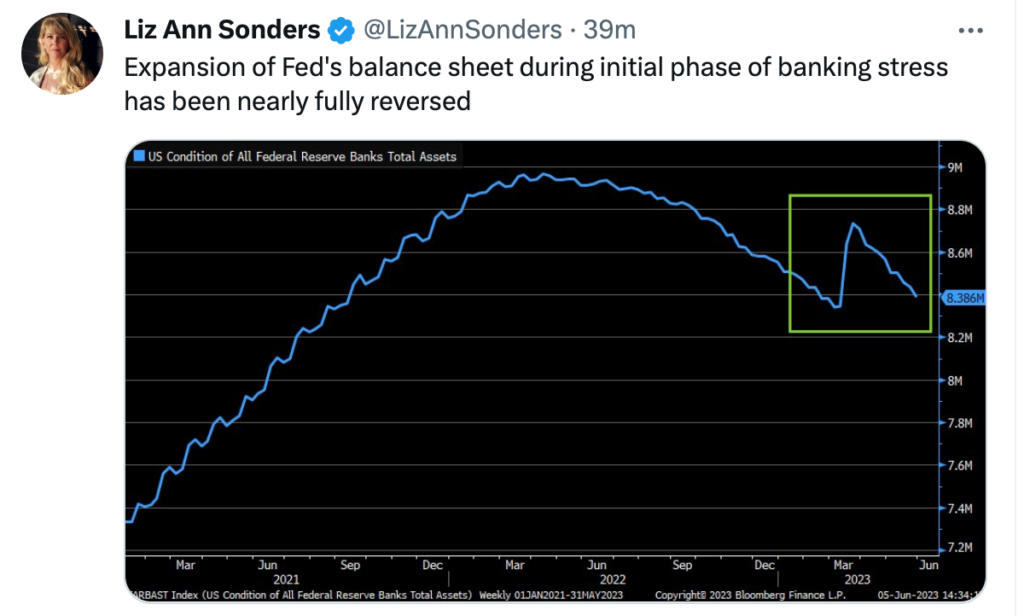
8. Commercial Real Estate Loan Concentration at 700+ Banks
Torsten Slok, Ph.D. Chief Economist, PartnerApollo Global Management. Two years ago, the number of banks exceeding the FDIC’s CRE loan concentration guidelines was about 300. Today there are almost 700, see chart below. In other words, US banks have become much more vulnerable to a decline in commercial real estate prices.
Our latest credit market outlook is attached.

9. Baseball Shot Clock Working
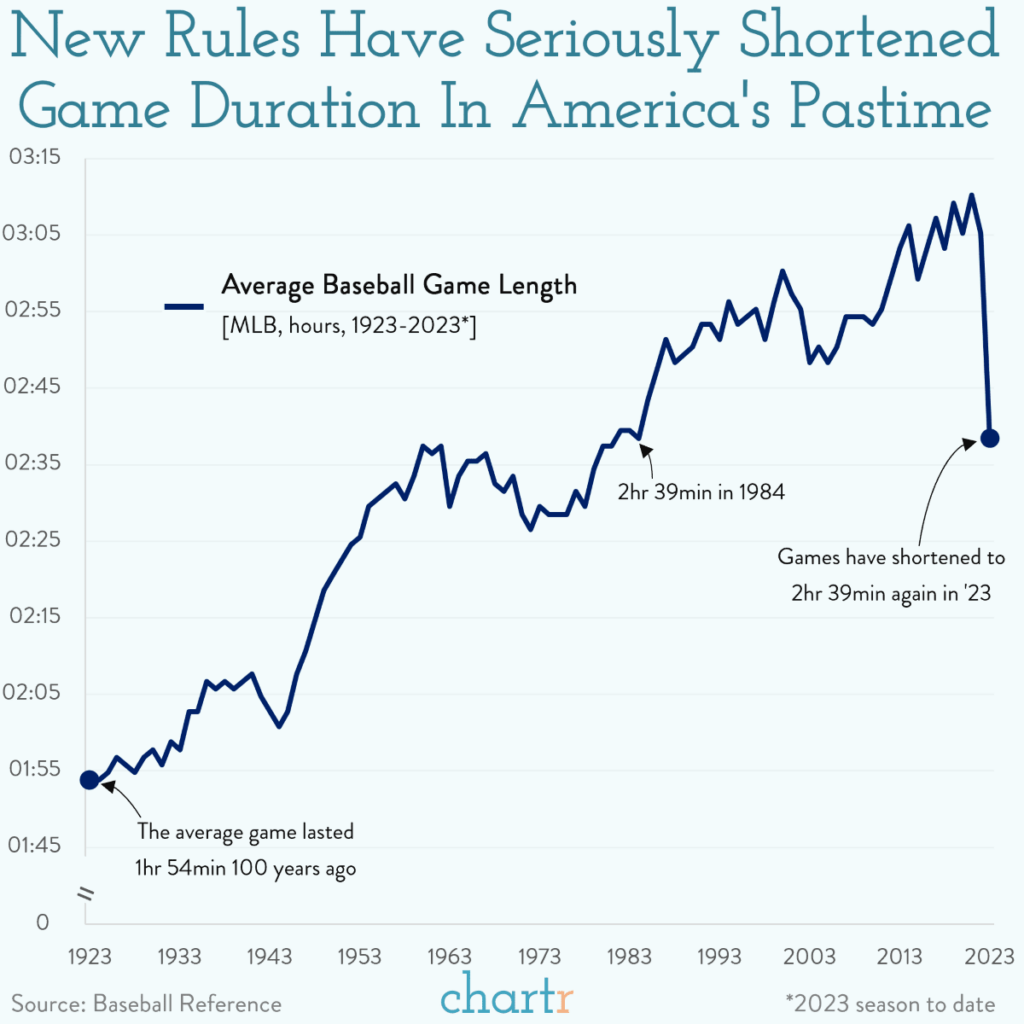
10. The Four Attitudes of Calm
Research shows that four attitudes can dampen the fires of excessive stress. George S. Everly, Jr. PhD,
KEY POINTS
- Excessive stress arises from the amygdala within the brain.
- Research indicates it is possible to dampen overactivity in the amygdala by changing attitudes.
- Adopting the “four attitudes of equanimity” can reduce stress and change your life for the better.
Equanimity is a sense of calm and composure. It’s the polar opposite of stress. Myriad posters, t-shirts, and greeting cards espouse the virtues of staying calm, especially when adversity strikes. Actually doing so remains a challenge for many of us. It may be that adopting four fundamental attitudes can help you dampen, even extinguish, the fires of excessive stress and develop the equanimity so many seek but so few actually achieve.
The Raging Inferno
So, from whence do the fires of human distress arise? With the risk of oversimplification, the anatomical center of human stress is the limbic system. In 1952, Paul MacLean coined the term “limbic system” to refer to the functionally integrated system responsible for human emotion. Located deep within the center of the brain, it consists of the hypothalamus, amygdala, thalamus, and hippocampus. Of these four components, the amygdala is of greatest interest to our discussion. The amygdala consists of two almond-shaped anatomic nexuses. In addition to regulating autonomic physiology in everyday life, the amygdala also gives rise to the “fight or flight” response. It serves to alert and arouse the body in instances of fear, anger, aggression, panic, and traumatic stress. The amygdala is believed to be the primary culprit in the vast majority of stress-related physical illnesses. So, you can see that keeping the amygdala from becoming a raging inferno of hyperactivity would be desirable. But how?
Activate the “Cut-off Switch”
In his pioneering research, Herbert Benson (Benson, Beary, & Carol, 1974) asserted that the consistent practice of meditation could dampen the activity of the amygdaloid-based “fight or flight” response and reduce the likelihood of its over-reacting. Subsequent research confirmed his assertions (Everly & Lating, 2019). But perhaps there are easier and even quicker ways to dampen the flames of an overheating amygdala.
What’s the best way to put out a fire? Answer: Deprive the fire of fuel. What’s the best way to stop a broken waterline from flooding your house? Answer: Close the main water supply line. Pretty simple, right? Wouldn’t it be nice if there was a way to cut off that which fuels the fires of stress and anxiety? Well, there is. Research shows that attitudes can regulate stress and anxiety. By adopting four specific attitudes you can dampen the activity in brain regions from which stress and anxiety arise, especially the amygdala.
Four Attitudes of Equanimity
Research has shown that there are at least four attitudes that you can invoke that serve to reduce activity in the amygdaloid nuclei. Those are the attitudes I refer to as the “four attitudes of equanimity” (calm). They are: gratitude, forgiveness, acceptance, and hope. Functional neuroscience has shown these attitudes activate the angular gyrus, the anterior cingulate cortex, and prefrontal cortices, all of which have the ability to dampen acute arousal in the amygdala almost instantaneously. In doing so, they can provide you with an opportunity to pause, reflect, reassess, and perhaps react differently. More specifically, gratitude mitigates loss and envy. Forgiveness extinguishes anger and vengeance. Acceptance can quash worry, frustration, and misdirected protestation. And hope offers transcendence.

